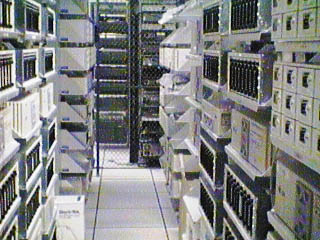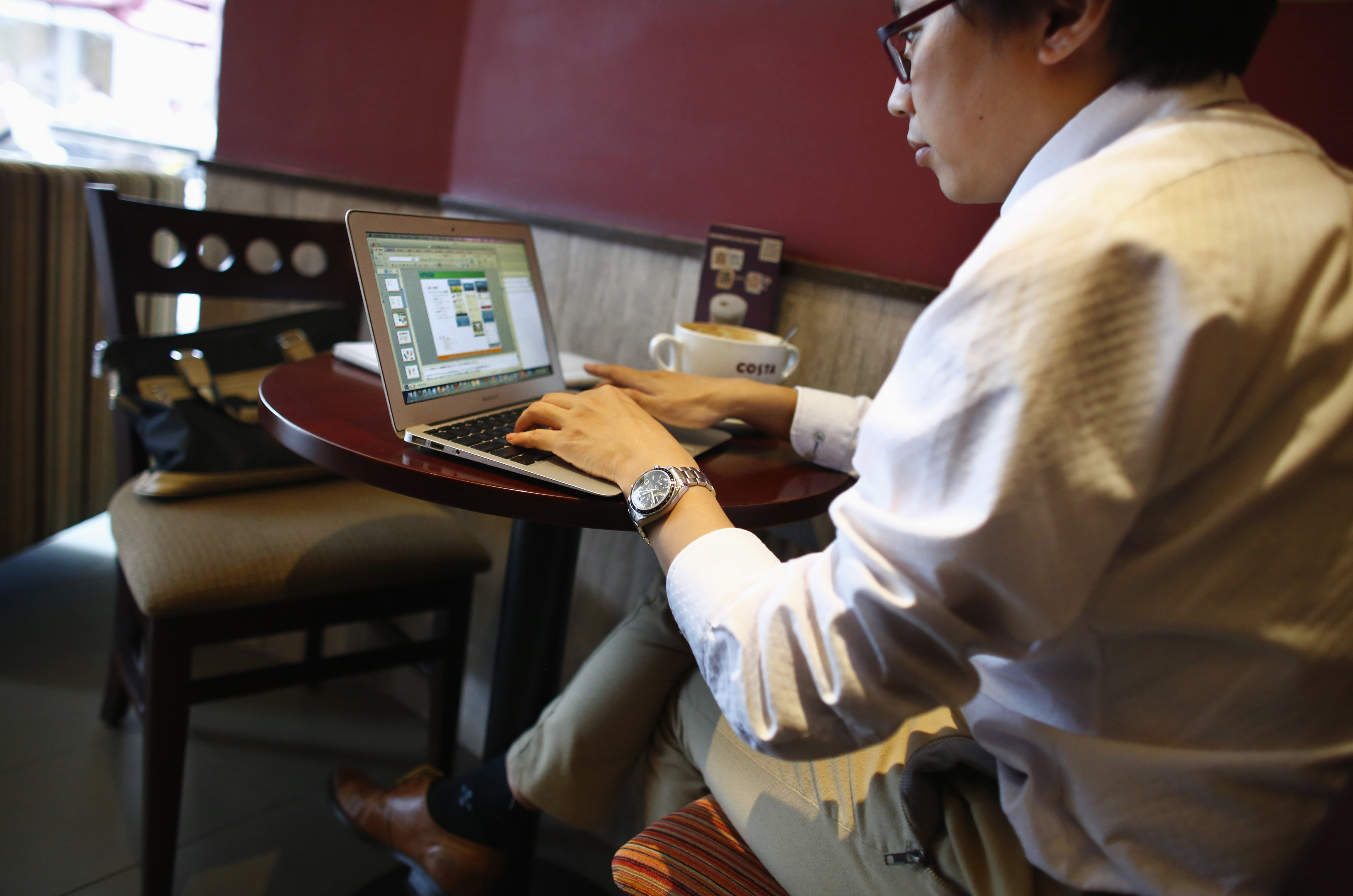Class 12 - Users and their Internet Service Providers
Apéritif
RFC as koan
- D. Crocker, RFC 1775: To Be “On” The Internet (March 1995)
Emulator as koan
Themes
- the ISP business era
- users
- “Welcome to my Home Page”
Prompts
- What are the different histories of the net?
- What does it mean to be “on” the internet?
- When did we shift from a “read-only” internet to a “read/write” internet? What kind of internet are we on now?
- What’s the difference between “community” in the pre-web, the early web, and the modern web?
Description
Episodes: - S4E1 “So It Goes”, S4E2 “Signal to Noise”, S4E3 “Miscellaneous”
Jumping in 1993, the ISP business is in full swing – many small companies and networks connecting people, yet to be eaten by AOL and other existing, massive companies. Meanwhile, everyday users are increasingly diving into the web, creating “weird” and “cool” and “pointless” websites. We get to live this experience through Gordon’s daughter, Haley.
This is the beginning of the internet that looms large in cultural memory: open and exciting, unstructured, chaotic. There’s a sense of no walled gardens (which is not completely true), just a new frontier where anyone can set up their own personal online homestead just to say “hey! I’m out here!”.
Readings
- Olia Lialina, Give me time/This page is no more (2015)
- Cynthia Joyce, Parental Advisory Warning (Jan 1998)
- Kevin Driscoll and Camille Paloque-Berges, Searching for missing “net histories” (March 2017)
- Janelle Brown, There Goes the Neighborhood (Jan 1999) [note: there are 3 pages]
- Joanne McNeil, The Community of Everybody and Nobody, MCA DNA (August 2018)
- Paulina Borsook, The Anarchist (March 1996)
- Megan Sapnar Ankerson, How Coolness Defined the World Wide Web of the 1990s (July 2014)
- Denise Caruso, Take away corporate influence on the Web and what do you have? Original fun. (Dec 1996)

